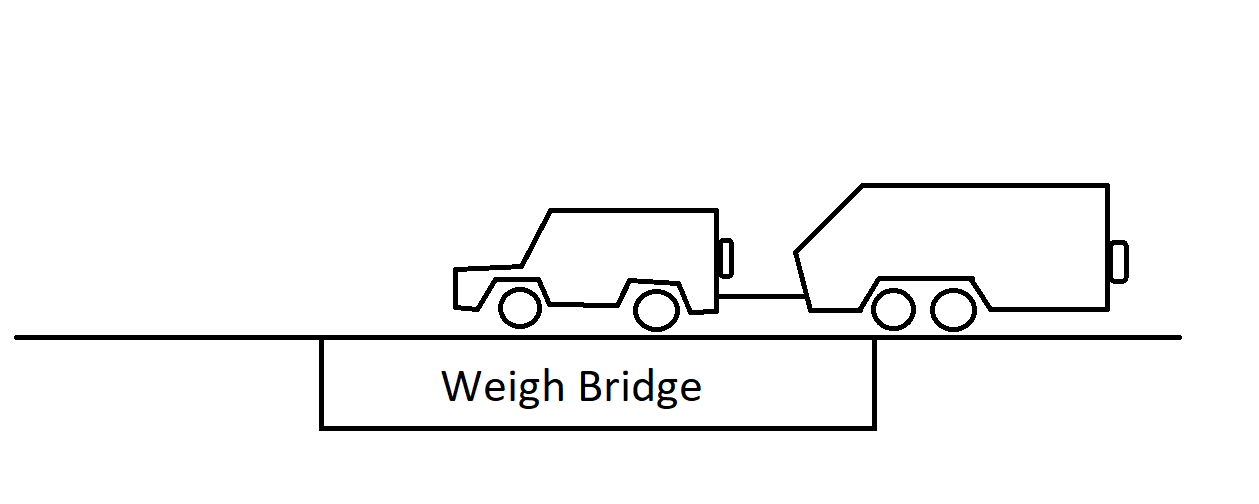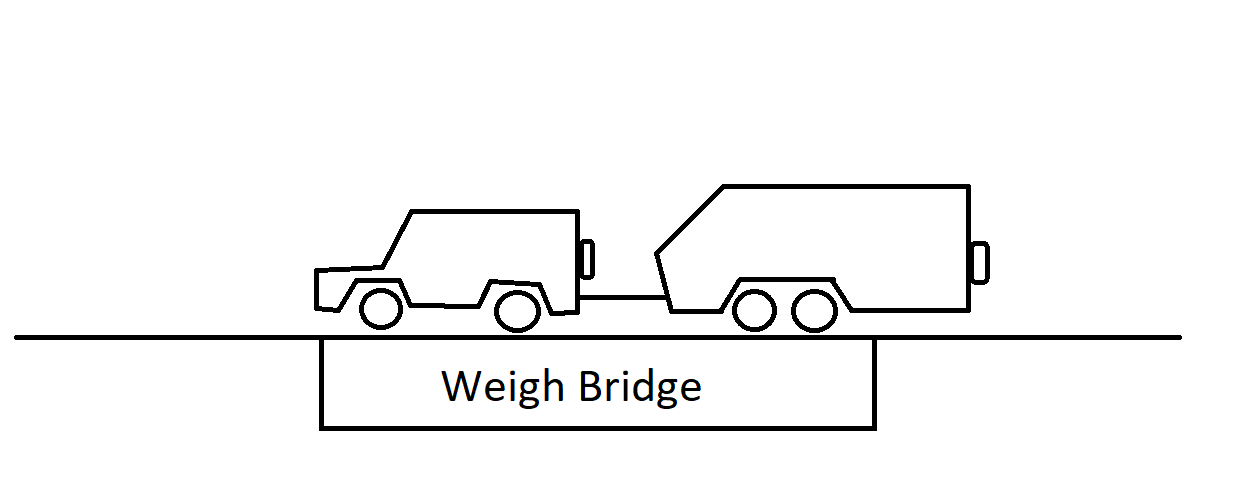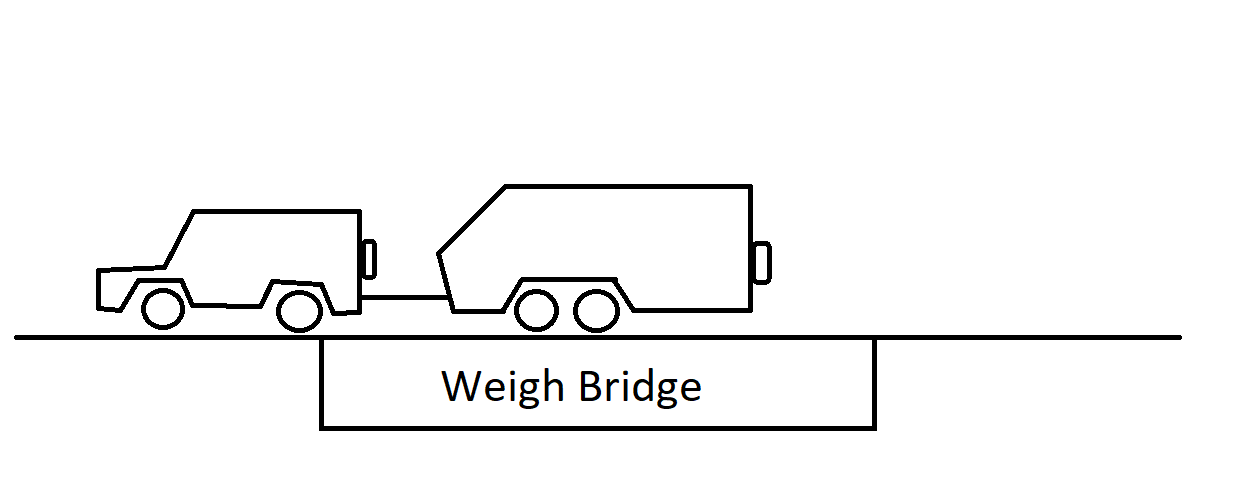Is my towing setup legal?
What is GVM, GCM, ATM, tow ball weight?
There can be a lot of confusion around towing capacity, GVM, GCM, and ATM for any given vehicle.
GVM means Gross Vehicle Mass, you can find this information on the compliance plate of your vehicle. This is the maximum weight that your vehicle can carry and remain compliant with the legislation.
ATM means Aggregate Trailer Mass, you can find this information on the compliance plate of your caravan or trailer. It is the maximum weight that your caravan or trailer can carry and remain compliant with legislation.
GCM means Gross Combined Mass (Combining the full weight of the tow vehicle, luggage, driver, passengers and the weight of the caravan or trailer).
Tow Ball weight, is the weight that gets exerted on the tow ball or hitch of your tow vehicle; it is recommended to be around 10% of the caravan or trailer weight. If your caravan is not weighted correctly, it can be very dangerous when towing. Watch this video to see what happens if you have incorrect weight distribution when towing.
So, is my vehicle towing setup legal? The easiest way to work this out is to take your vehicle to a public (or private) weighbridge.
Use this link to Find a public weighbridge | Department of Industry, Science and Resources.
Some public weighbridges will charge you a set fee for using the bridge, this can include a certificate that shows all the measurements that show if your setup is legal.
Remember, if your setup is classified as illegal it means that your vehicle is no longer road-worthy and this means that your registration and insurance can be void.
How can I check these measurements myself?
Some weighbridges may ask for a small donation for you to use the bridge and you can then take the necessary measurements yourself.
I take 4 measurements and calculate the fifth.
1. When I drive onto the weight bridge I stop just before the caravan wheels touch the weighbridge.
This will give me the GVM of the towing vehicle and this does, and needs to, include the tow ball weight.
2. Then I drive forward so that both the tow vehicle and caravan are on the weighbridge,; this will give me the GCM.
3. Then I drive forward until the back wheels of the tow vehicle are just off the weighbridge, this will give me the weight of the caravan minus the tow ball weight.
4. At this stage I grab my jockey wheel and disconnect the caravan (or trailer) from the tow vehicle, this will give me the ATM of the caravan.
5. The last thing I want to know needs to be calculated; you subtract measurement 3 from measurement 4, this gives me the Tow Ball weight.




My example
When I first drove my brand-new caravan to the weight bridge, I emptied all of my normal recovery gear that I kept in my tow vehicle. I also left out the 4 sections of annex material (and a few other items) as I had a feeling that including all these would take my GVM and GCM over the limit.
I own a 2002 Nissan Patrol, it comes with a maximum 3,000KG GVM and a 3,500KG towing capacity. This gives me a 6,500KG GCM.
My caravan has a maximum 3,400KG ATM.
These are the measurements I took on that first day.
1. 2960KG
2. 6,120KG
3. 3,020KG
4. 3,340KG
As mentioned above, if I subtract measurement 3 from measurement 4, this gives me a tow ball weight of 320kg; this is just under the recommended 10% albeit very very close; I was happy with that, and I was under the legal limit, phew.
When I got back with the caravan I told my wife the good and bad news; we were able to tow the caravan as it was, but everything that was left behind couldn’t come with us.
Now obviously, this was not going to go down well as we still needed a lot of the things that I had left behind on that first set of measurements.
What I did
The next thing to do was to look further into the legal requirements; asking the question “Is my towing setup legal?” I realised my current setup was not going to be legal and researched what things I could do before setting off that would allow me to keep towing my caravan so we could head off Exploring Australia.
I looked at purchasing a newer vehicle that had a larger GVM; this was going to be a lot of money, so I looked at the possibility of upgrading the GVM of my tow vehicle. Now, as my vehicle is a 4.8L petrol engine with an LPG tank, the standard kits that can be purchased for the 3.0L diesel engine for the same model was not going to be approved. My Patrol had no lift kit, so this was my opportunity to get better ground clearance and larger tyres.
My Patrol now has a GVM of 3,300KG. This is fully engineered and has been updated with TMR QLD, this does not change the towing capacity of 3,500KG and the GCM had to stay at 6,500KG.
Before setting off I went past the weighbridge to double check the same 4 measurements of both my tow vehicle and caravan.
My Patrol:
1. 3,280KG
2. 6,350KG
3. 3,070KG
4. 3,390KG
Tow ball weight = 320KG
So, while my GCM has stayed the same I have been able to put an extra 300KG in my tow vehicle; this keeps my tow vehicle under the new 3,300KG GVM (which is just the tow ball weight of my setup). We still had to sell off a lot of things so we could tow legally, but not as much as we would have had to if we couldn’t do the suspension upgrade.
Additional information when towing
You could also look deeper into the limits of the front and rear axle of the tow vehicle, you could add additional measurement options; let’s call this measurement 0.5 (Tow vehicle front axle load). Stop on the weighbridge when the front axle of the tow vehicle is on the bridge and the rear wheels of the tow vehicle are just off the bridge, then follow the 4 measurements above and the calculation of the tow ball weight; you then subtract the measurement 0.5 from measurement 1 to get the rear axle load.
This could also apply to a caravan with dual axles.
You could also stop when the front axle of the caravan is on the bridge and the rear axle of the caravan is off the bridge. Let’s call this measurement 1.5 (we are only concerned about these weights while towing, so no need to detach the caravan from the tow vehicle). You would then calculate the caravan front axle load by starting with GCM, (measurement 2) and subtracting the GVM of the tow vehicle, (measurement 1).
You could also add another measurement 4.5; this is when the rear axle of the caravan remains on the weighbridge. This measurement would be the caravan rear axle load. Why would you need to know this? An imbalance between front and rear axle weights is one of the biggest causes of poor braking performance, towing instability or poor steering feel. To find out more about the front and rear axel weight, RAC WA has a good article that is easy to read.








